QuestionDear Ron, I'm a novice fishkeeper - 6 months experience - and I have some fish which I've tried to identify but to no avail.
Fish 1 looks like pictures I've seen of Ancistrus but it has no bristles at all. It's about 2 inches long at six months old, dark brown with sandy spots, shy, spends most of its time in its cave, bottom dweller, occasionally sticks to the glass but prefers grazing the bogwood, eats wafers, flakes and peeled grapes and blueberries. The man in the shop said it would grow to 4 inches eventually. It could be a female bristlenose but my book on bristlenoses said they have a special set of bristles or similar defence mechanism in front of the operculum. I can't see anything like the book describes. It also doesn't have the thickened ray to its first set of fins which I've seen on the Ancistrus pictures. Can you hazard a guess what it is
Fishies number two were sold to me as 'orange and black suckers'. The chap in the shop couldn't tell me what they were.
These are about 2 1/2 inches long. I've only had them a week so assume they're juveniles. They are a long slim fish with a pale cream belly and a slim streamlined head with slightly downturned snout. Their heads are a light apricot colour which blends into a greyish back just behind their pelvic fins. The grey is mottled on one fish but plain on the others. There are three of them; they are sociable and stick to the glass together. They also 'roost' in the long leaved plants. They are not bottom dwellers like corys, and spend a fair amount of time swimming short distances in mid water. I can't see any obvious barbels in their mouths but they do graze along the bottom of the tank. They're friendly with the other fish and I see them sitting on the cory's backs to get at food! The nearest thing I could see in the shop which looked like them was Otocinclus, which were the same shape and proportions but much smaller and not so nicely coloured. Any information about what they are would be very helpful.
Best regards
AnswerHi Esther,
Welcome to the world of catfish. For example, ancistrus is one species of catfish. There are over 3000 other species and the number is increasing every day. This is an enormously diverse group. The sucker-mouth catfishes (or Loricariids) consist of over 500 species just by themselves, most of which do not even have official names yet. Rather they are referred to by
L-numbers, as in L-200 or L-136. They can be differentiated by the exact size, location and distribution of the spots, bristles, etc. In other words, a verbal description is not going to be enough to tell them apart (plus I am not an expert on all of the species). So the bad news is that I cannot tell you what they are, the good news is that they are no doubt interesting.
-- Ron
rcoleman@cichlidresearch.com
Cichlid Research Home Page <http://cichlidresearch.com>

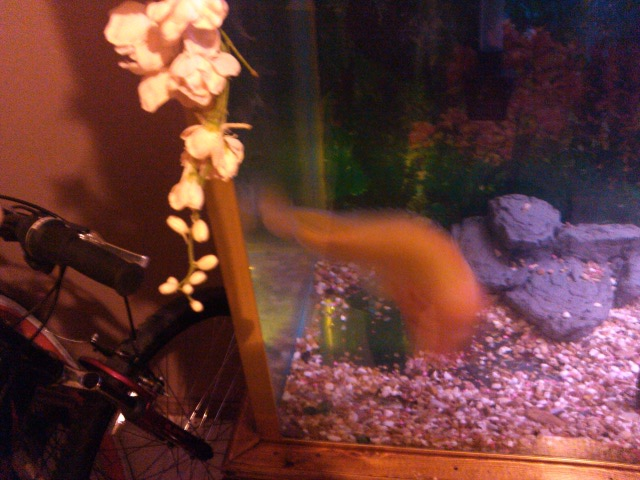 Is My Red Devil Cichlid Sick?
Question
This Is His Weird Swim This Is How He La
Is My Red Devil Cichlid Sick?
Question
This Is His Weird Swim This Is How He La
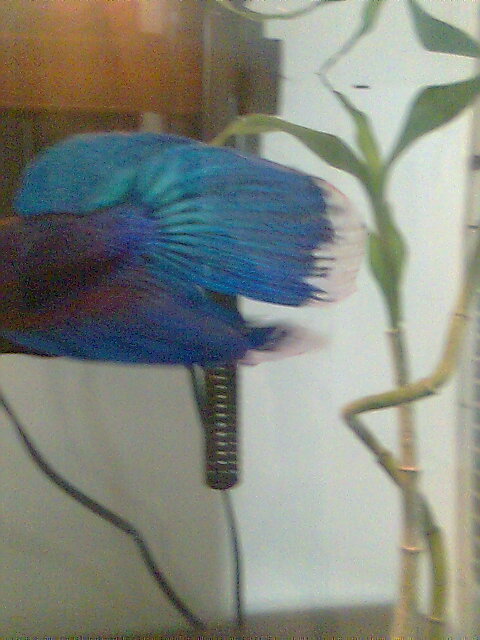 Finrot
QuestionQUESTION: Hi. I was wondering our Bettas fin is
Finrot
QuestionQUESTION: Hi. I was wondering our Bettas fin is
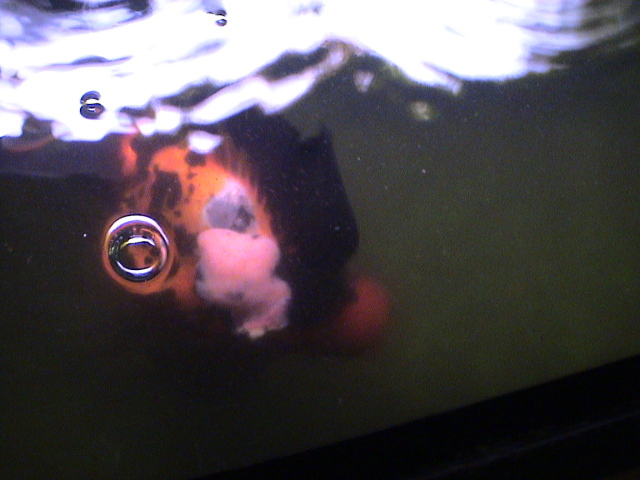 my giant goldfish
Question
my fish 012309
...my huge goldfish (once tiny)
my giant goldfish
Question
my fish 012309
...my huge goldfish (once tiny)
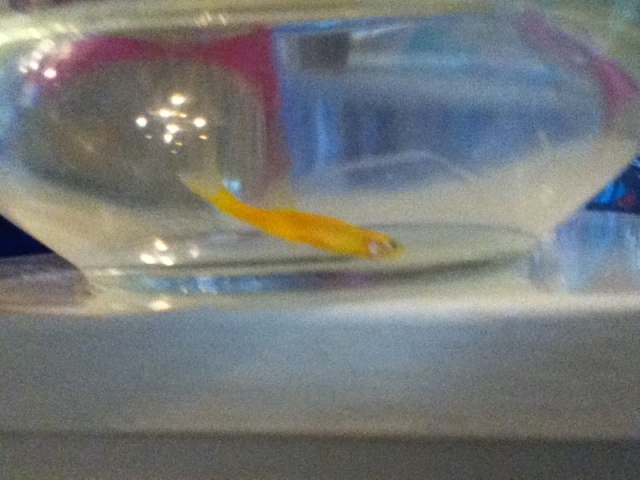 glofish tail elongated
Questionsick glofish 2
sick glofish
QUEST
glofish tail elongated
Questionsick glofish 2
sick glofish
QUEST
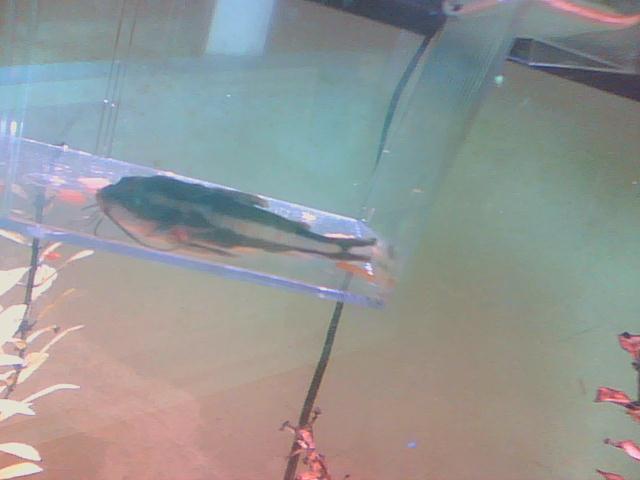 Half-dead fish
Question
Picture of my fish
I have a bottomfeeder whos
Half-dead fish
Question
Picture of my fish
I have a bottomfeeder whos